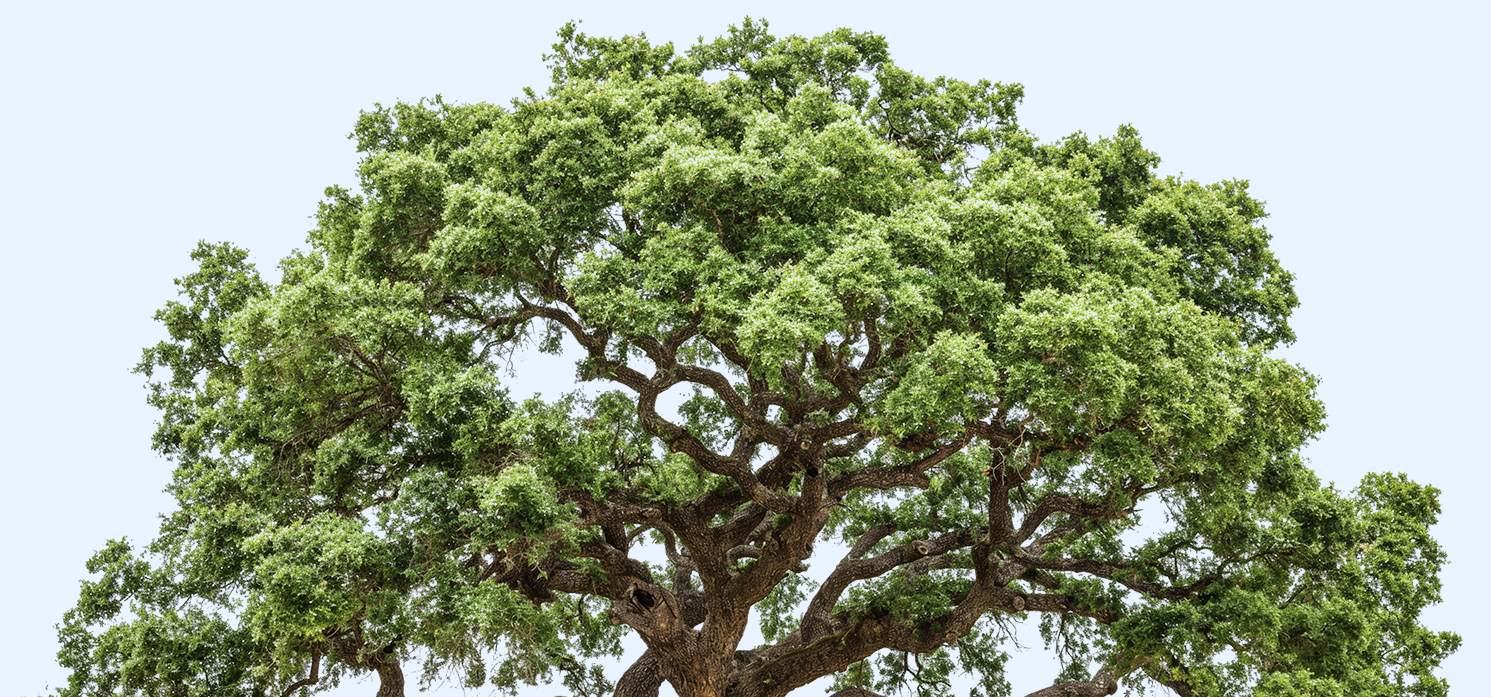Week of December 8

Goldfinch
We have really jumped right into freezing temperatures which means more birds relying on the food in the Bird Watching Garden. Goldfinches are typically very tiny birds but frigid temperatures this morning led them to puff themselves up. When birds puff out their feathers, they are trapping a layer of air between their body and the outside air. The trapped air warms up from the bird’s body heat and provides a barrier. It insulates similarly to down jackets.

Downy Woodpecker
Downy woodpeckers are the most commonly seen woodpecker in the Bird Watching Garden. Pictured here is a male, indicated by the patch of red feathers on the back of his head. Downy woodpeckers are the smallest woodpeckers in North America. They also have a relatively small beak for a woodpecker, a helpful feature for distinguishing them from the similar hairy woodpecker.

Sycamores
Sycamores have great features that stand out in the winter like persisting stipules on the twigs and beautiful peeling bark. Another recognizable feature are their seed-filled balls hanging from the twigs. These seeds remain condensed in a ball until late winter or early spring when they are dispersed by the wind.

Burdock
Burdock has a different method of seed dispersal. Burdock produces burs that contain their seeds. Look closely and you will notice tiny hooks at the tips of the little hairs on the seed heads. These hooks easily grab onto fur or clothing. Burdock has such an effective mechanism that it is what inspired the invention of Velcro.

Rattlesnake Master
Rattlesnake master is another recognizable winter plant you may run into on a walk through prairie habitat. These spiky seed heads look very much like rattlesnake master when in bloom aside from the color.

Frozen Wetlands
Wetland pools have frozen over and things are very quiet around the Red Barn Reserve, especially when compared to the business of summer. The contrast of seasons is what makes these habits so special, so be sure to experience the Red Barn Reserve during the serene wintertime!

